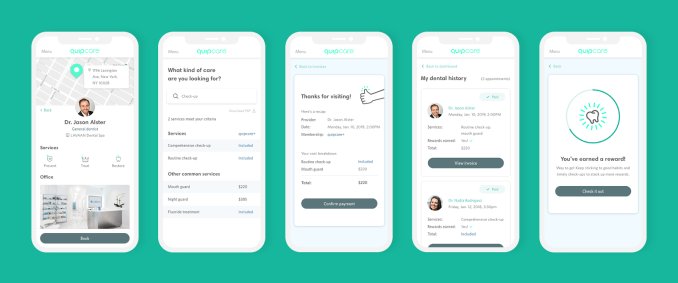Silicon Valley is obsessed with growth. And for digital health startups, that obsession is not only misguided, but dangerous.
The prevailing idea in the tech industry is that to succeed, you have to be ready to sell your idea, no matter how far along your idea really is. You’re encouraged to believe in your product even when there is no product to believe in.
And if you’re disrupting the mattress industry or the eyewear sector, maybe that’s okay.
But digital health startups must be held to a different and higher standard. We touch people’s lives, often when they are at their most vulnerable.
The healthcare startups in the news recently — Theranos, uBiome, Nurx, eClinicalWorks, Practice Fusion — seem to have lost sight of that crucial standard. We’ll never know every detail of what happened in these organizations, but one thing seems clear: In the pursuit of growth, they have put the patient second, and suffered as a result.
Where we went wrong
In the early days of digital health, I think we were much more focused on the patient than we are now. When I think of the early digital health companies — not just Propeller, but Omada Health, WellDoc, Ginger.io and Mango Health — all of their founders had an innate understanding of the importance of health outcomes. They craved proof that their product worked. They might have “faked it” a little bit when it came to their plans to scale — we all thought things would happen faster than they have — but when it came to research, they had answers, or a concrete plan to get answers.
My first conversation with Propeller’s co-founder and CEO, David Van Sickle, was illustrative of this. I met David at the geekiest of health conferences, Health Datapalooza. We talked about how sensors on medicines could improve people’s health. We talked about study designs and methods to generate data quickly in the real world, long before “real-world evidence” was all the buzz. We talked about a 500-person randomized controlled trial they were about to begin, immediately following FDA clearance of the system.
We talked — almost exclusively — about how Propeller could improve people’s lives, and how to prove that it worked.
So when did the digital health sector get away from that focus? And how do we get back to it?
I have a few theories on what went wrong.
First, it’s incredibly difficult to prioritize the patient as a digital health company when your investors are pushing for growth above all else. At Propeller, we were very lucky to have investors who understood our focus on making a product that worked, especially when growth was slow. Early digital health companies were funded like tech companies, with small amounts of money at a time and a need to show significant progress in 18-24 months to get the next round of funding. In contrast, life science companies are funded more heavily from the start, knowing there is a long road ahead of product development and clinical validation.
When I look at a company like uBiome, which may have rushed its tests through physician approval to meet aggressive growth targets, I see the effects of a culture and funding environment that pushes companies to deliver on growth first and foremost, no matter the tactics it takes to do so.
Product, then proof, then commercialization.
Second, we had a flood of founders and investors enter digital health from outside of healthcare.
I think digital health absolutely needs people, ideas and energy from outside the industry in order to change healthcare. But we also need everyone to learn the basics of how innovation occurs in a clinical setting: Product, then proof, then commercialization. Many of these new entrants were not just naive; they flaunted laws and “traditional healthcare” methods (and people) because they were deemed outdated and unnecessary.
They were aiming for disruption, not integration, and in doing so were ignoring the vast set of protections and people that have been put in place to ensure public safety.
The result is a glut of companies that have tried to scale growth before proving their product worked, which comes with tremendous risk. It can give patients and their physicians incorrect information leading to incorrect treatment. It can waste money on unneeded products. And it can impact the credibility of the entire digital health ecosystem.
Rebuilding a culture of outcomes
To fix this, we have to change the way we think about success in digital health, and that responsibility falls on many different parties.
The media has to be more critical of how it covers burgeoning digital health startups, prioritizing coverage of peer-reviewed research and proven outcomes over funding rounds and hiring numbers. The speaking circuit has to laud founders who can talk about how their products have changed people’s lives for the better, rather than giving the main speaking slot to the biggest exit of the year. And the investor community has to be patient with its investments, understanding that true growth in healthcare takes time.
And most of all, digital health startup founders have to be patient with themselves. I’ve been in the trenches of digital health; I know how hard it can be. But when things are tough and it’s easy to lose focus, you have to think to yourself, “Do I want to be in the headlines for astonishing growth now, and accusations of cutting corners in two years? Or am I okay with sacrificing temporary stardom for a product that actually helps people?”
This is not an easy choice to make. But if digital health is going to survive and scale, it’s one we have to make on a daily basis. Move slowly, and prove things: It’s the only way to create the kind of long-term change we’re seeking.


